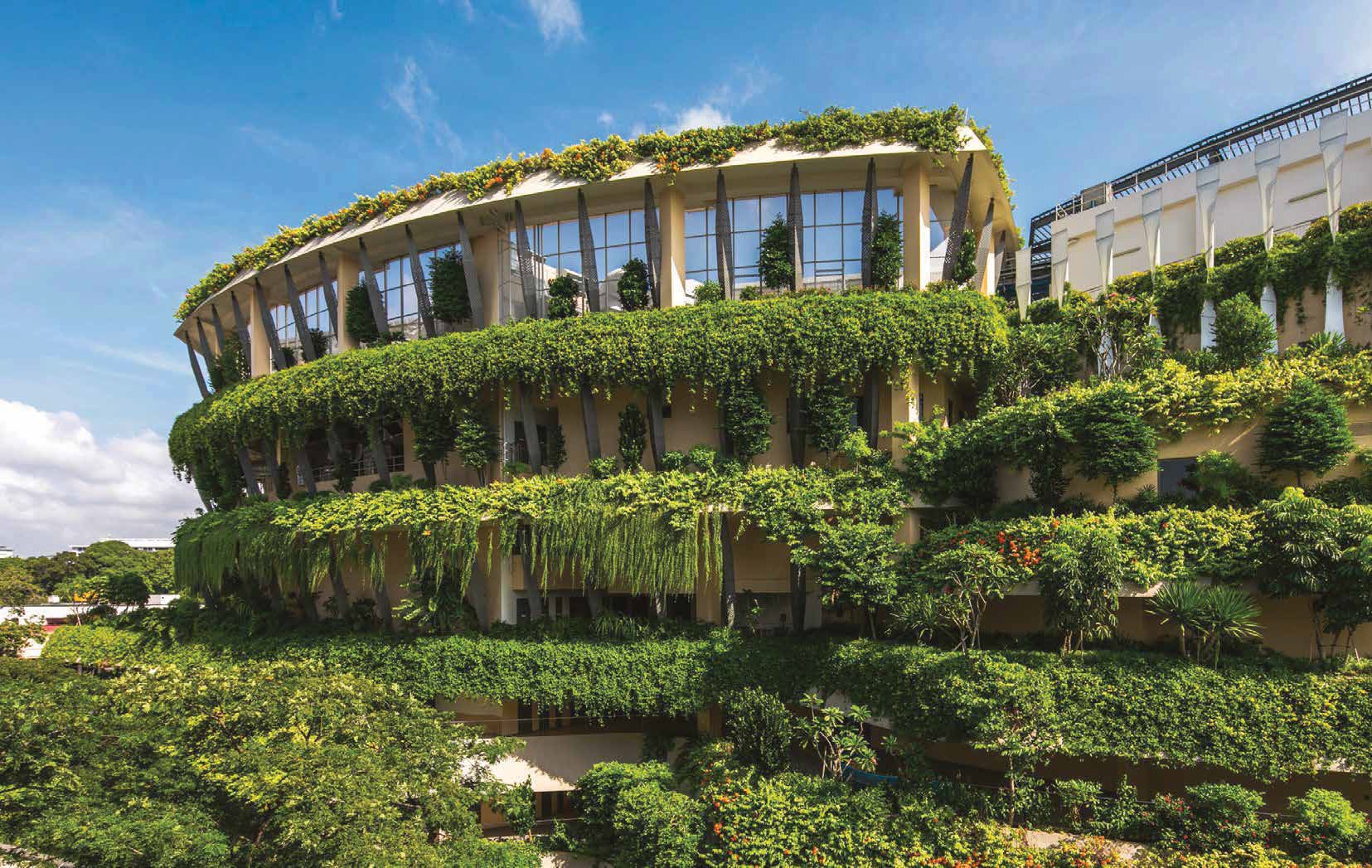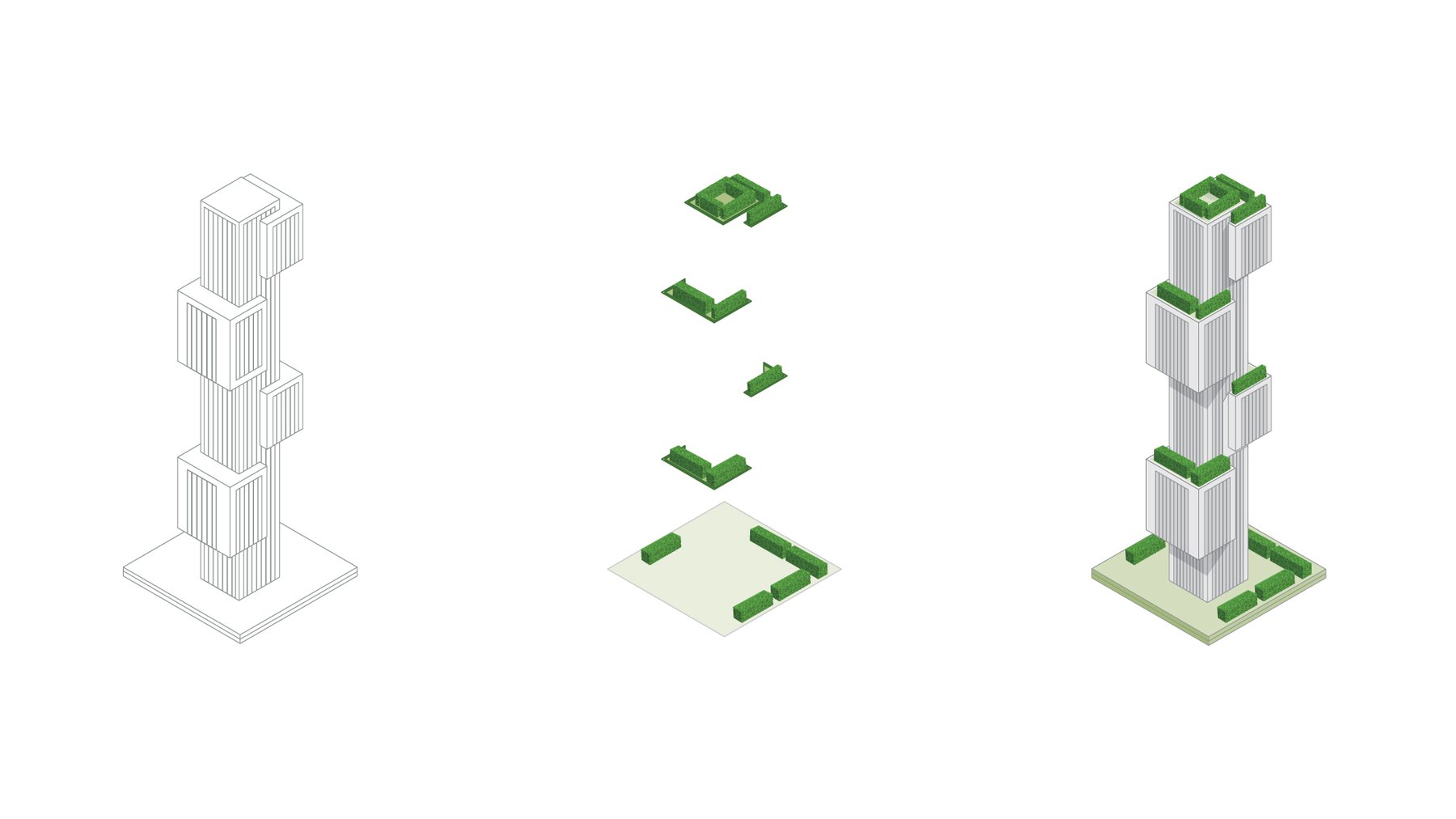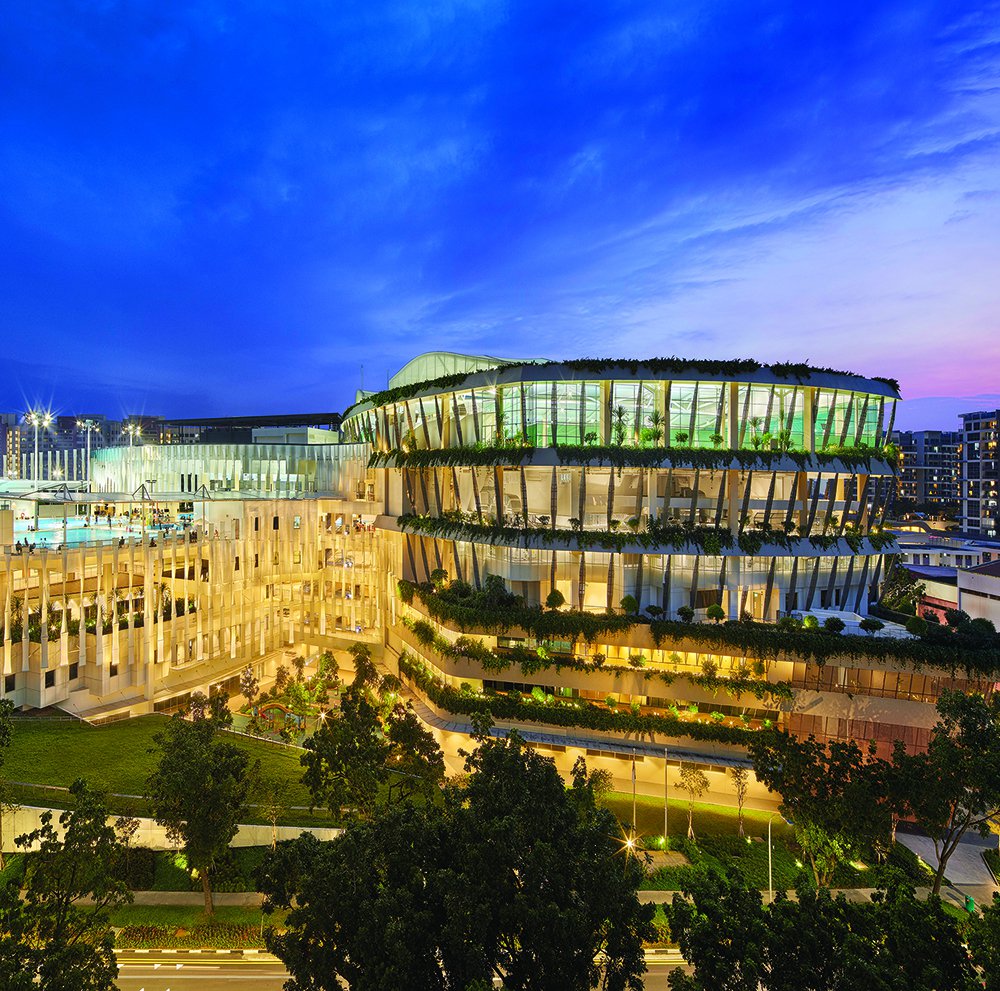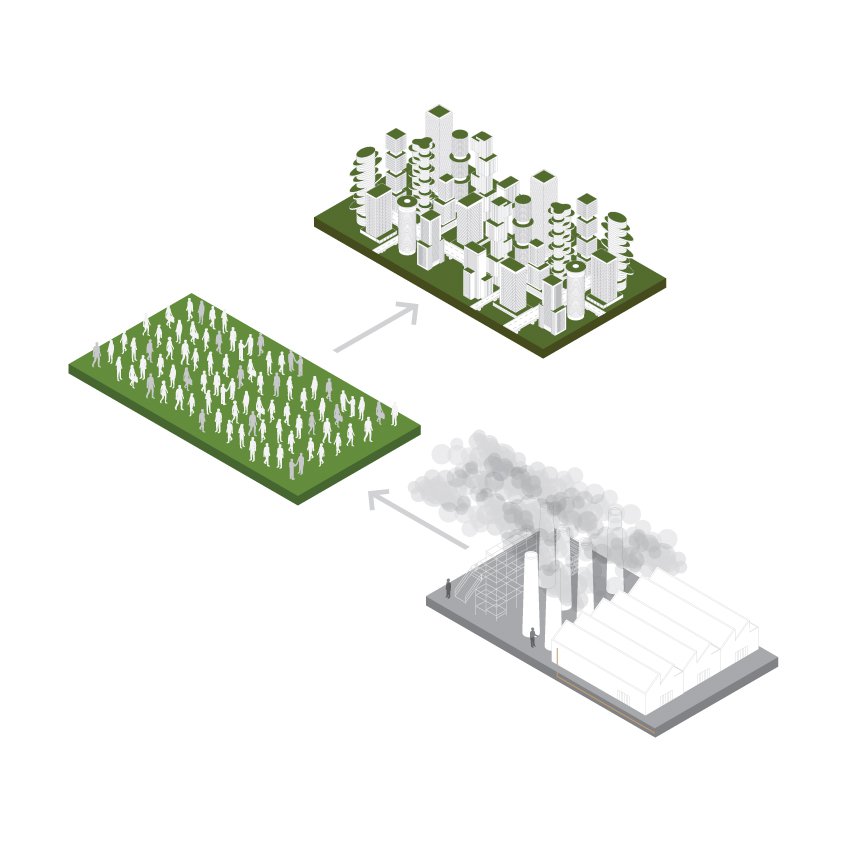
Future
Combating Climate Change
January 28, 2021
“For the sake of progress” –this oft-wielded epithet has been used to justify deforestation for urban development, and is now popping up, ironically as the rationale for initiating green projects.
Climate change cannot be denied, and we have wised up to the benefits of verdure along with a plethora of sustainable practices.
Climate change cannot be denied, and we have wised up to the benefits of verdure along with a plethora of sustainable practices.
The collective goal is to strive for a sustainable future where nature is a part of the built environment.

The Challenge
The building trade has recognised its devastating impact on greenhouse gas levels. Cement, an essential component, accounts for 83% of energy used in the production of non-metallic minerals, and 94% of CO2 emissions. In 2018, the International Energy Agency stated, "The cement sector is the third-largest industrial energy consumer in the world, responsible for 7% of industrial energy use, and the second highest industrial emitter of carbon dioxide, with approximately 7% of global emissions." Solutions are on the rise, like Richard E. Riman’s Solidia CO2-storing Concrete and BarcelonaTech’s “Biological Concrete”, a special concrete that sprouts greenery.55% of the global population reside in urban areas, with the UN projecting that number to rise to 58% by 2050. The correlation between quality of life and concrete shift toward sustainable cities is inseparable. Cities scoring lows on the global index for quality of life can look to architects and urban planners to integrate measures like green roofs and facades, rainwater collection, green-blue urban planning and urban agriculture.


The Future Now – Green Infrastructure
"Green design" has many names: eco-design, earth-friendly, organic architecture, biomimicry, arcology, and so on. The collective goal is to strive for a sustainable future where nature is a part of the built environment.Existing green buildings like Singapore’s Frasers Tower, Ng Teng Fong General Hospital, National Library, Oasia Hotel Downtown, Tree House, Heartbeat@Bedok and Vietnam’s Atlas Hotel in Hoi An showcase environmentally-friendly designs. Some sport entire facades draped in lush planting, in line with the shift towards biophilia and topophilia. A rooftop meadow is now a necessity – high-rise towers are resembling vertical forests and thorough building orientation studies and wind flow research is the order of the day. Urban greenery is a much-needed solution to the growing urban heat island phenomenon, causing cities to be warmer by 1-3°.
Countries are acknowledging the need for green infrastructure, which is good news. Certifications like the international Leadership in Energy and Environmental Design (LEED), Green Mark in Singapore, Landscape Excellence Assessment Framework (LEAF) or LOTUS certifications in Vietnam encourage developers to adopt green designs for recognition. Policies such as the Landscape Replacement Area (LRA) require a one-to-one replacement for the greenery lost to a building's footprint.
This article first appeared in the October 2019 issue of 360 News. You can download and read the full article here.